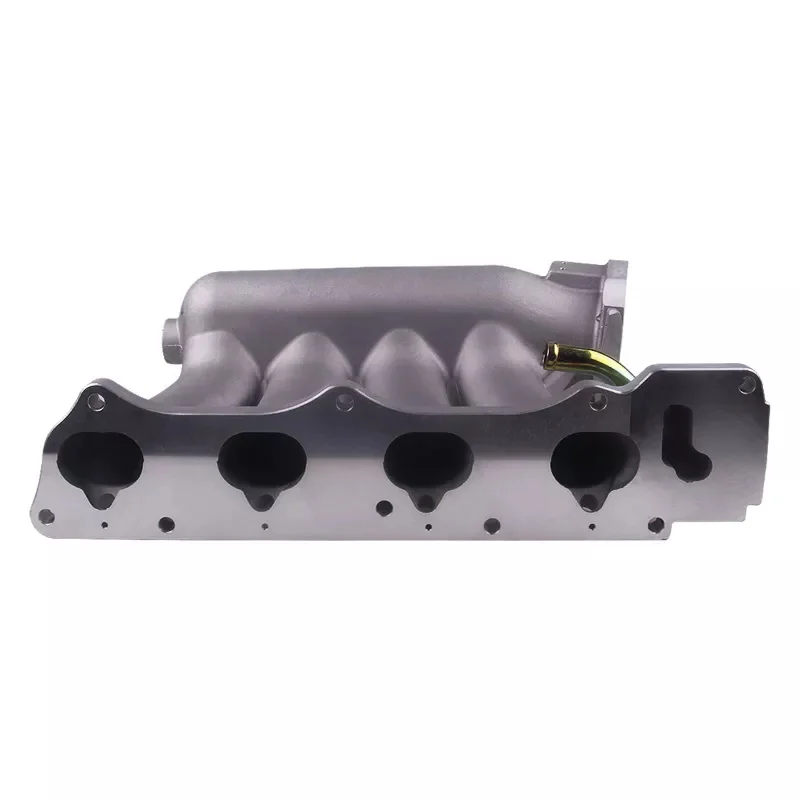- This topic is empty.
-
AuthorPosts
-
26/11/2025 at 18:07 #5693
High precision aluminum casting parts have become a cornerstone of advanced manufacturing across industries ranging from aerospace and automotive to electronics and robotics. These components are not simply metal pieces—they are the result of meticulous engineering, controlled casting processes, and precise dimensional accuracy that ensure consistent performance in demanding applications. As industries shift toward lighter, more efficient systems, the demand for precision aluminum components continues to rise, driven by their excellent balance of strength, weight, and machinability.
Aluminum casting is widely used because it allows for complex geometries that would be difficult or costly to achieve through other manufacturing methods. When precision is added to the equation, the process delivers parts with tight tolerances and superior surface finishes, enabling engineers to design with greater flexibility and reliability. In this blog post, Vibo, a professional high quality cast machining services provider, will share the role of high precision aluminum casting parts in manufacturing.
Process of High Precision Aluminum Casting
Producing high precision aluminum casting parts requires a careful balance between process control and material science. The casting process typically begins with the creation of molds, often made from steel or ceramic, that define the shape of the final product. The molten aluminum alloy is then poured or injected into these molds under controlled conditions.
Die casting, investment casting, and sand casting are common methods, each with unique benefits depending on the application. Die casting, for example, is ideal for mass production of precision parts due to its repeatability and surface quality. Investment casting, on the other hand, is suitable for producing intricate designs with extremely fine details.
However, achieving high precision involves more than just accurate molds. It requires advanced temperature control, degassing systems to eliminate air bubbles, and post-casting processes such as CNC machining, trimming, and inspection. These steps ensure that the final aluminum parts meet exact dimensional and performance specifications.
Why Industries Rely on Precision Aluminum Casting Components
From aerospace turbine housings to electronic enclosures and automotive gearbox housings, high precision aluminum casting parts play critical roles in ensuring mechanical reliability and energy efficiency. In the aerospace sector, the use of aluminum castings reduces overall aircraft weight, contributing to fuel efficiency and sustainability. The automotive industry benefits from lightweight aluminum components that improve vehicle handling and reduce emissions.
In electronics, precision-cast aluminum parts serve as both structural supports and heat dissipators, combining functionality with thermal management. In robotics and automation systems, aluminum castings provide stiffness and stability without adding excessive weight, ensuring smooth and accurate operation.
These applications illustrate the versatility of precision aluminum casting, which seamlessly integrates mechanical strength, low density, and design complexity in a single material platform.

Key Factors Defining Quality in Aluminum Precision Casting
The quality of high precision aluminum casting parts depends on several critical parameters. The first is the selection of the alloy itself. Different aluminum alloys offer distinct mechanical and thermal properties—such as A356 for high-strength applications or ADC12 for excellent flowability and corrosion resistance.
Another determining factor is mold accuracy. Even minor deviations in mold design or surface finish can translate into dimensional errors in the final part. This is why manufacturers invest heavily in high-end mold-making equipment and digital simulations to predict casting flow and solidification patterns.
Non-destructive testing (NDT) methods such as X-ray inspection, ultrasonic testing, and coordinate measuring machines (CMM) are also standard practices. These ensure that internal defects or dimensional deviations are detected early, guaranteeing that every casting meets strict tolerance requirements.
Innovations in High Precision Aluminum Casting Technology
The development of modern casting technologies has revolutionized the performance of aluminum parts. Techniques such as vacuum die casting, semi-solid metal casting (SSM), and 3D-printed sand molds are leading the transformation.
Vacuum die casting minimizes air entrapment, producing components with superior density and mechanical integrity. Semi-solid metal casting combines features of casting and forging, yielding parts with minimal porosity and enhanced fatigue resistance. Meanwhile, additive manufacturing is allowing engineers to create complex molds and cores that were previously impossible, enabling new designs and rapid prototyping for customized high precision aluminum parts.
Automation and real-time monitoring systems have further improved consistency. Advanced sensors and data analytics now track temperature gradients, metal flow rates, and solidification times, allowing for precise process control and reduced defect rates.
Sustainability and the Future of Aluminum Casting Parts
Sustainability has become a defining theme in the evolution of aluminum casting. Aluminum is inherently recyclable, and high precision casting processes are designed to minimize material waste and energy consumption. By using recycled aluminum and adopting cleaner melting technologies, manufacturers are reducing the carbon footprint of every component.
Moreover, the lightweight nature of aluminum contributes to energy savings in end-use applications. Whether in vehicles, aircraft, or industrial machinery, every gram saved translates into improved fuel efficiency and lower operational costs. This alignment between performance and environmental responsibility positions high precision aluminum casting as a technology of the future.
As manufacturing moves toward Industry 4.0, digital integration will continue to redefine casting quality. Smart foundries equipped with AI-based process control and digital twins are already emerging, offering predictive maintenance, faster optimization, and improved traceability for aluminum casting production.
Conclusion
High precision aluminum casting parts are more than engineered components—they are the foundation upon which modern technology is built. Their ability to combine lightweight performance, structural reliability, and dimensional accuracy has made them indispensable to industries seeking innovation and efficiency.
As casting technologies evolve and sustainability goals intensify, the future of precision aluminum casting lies in smarter production methods, advanced materials, and digital quality control. From design to delivery, every stage of this process embodies the pursuit of precision that defines the next generation of manufacturing excellence.
-
AuthorPosts
- You must be logged in to reply to this topic.
